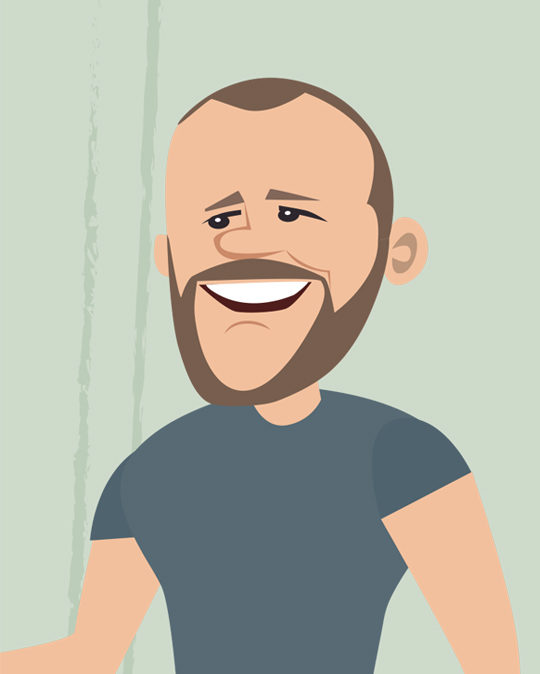
Sam

Sam is an electrician by trade and plays for his local footy club on the weekend. He has taken some tackles on the field that caused him to experience some “stingers” down his right arm. Generally, the tingling symptoms disappear within a few minutes.
However this year, during his last game of the season, Sam took another hard knock and now his neck is sore, and he is finding it difficult to lift his tool box at work with his right arm. He is also finding it hard to grip and hold some of his tools.

Sam reports his symptoms to his GP. His GP examines him and tells Sam that he may have a disc prolapse in his cervical spine. The GP tells Sam that he is concerned about the weakness in his right arm. Sam asks if he should have some x-rays done.
The GP advises that they want Sam to see Dr Scott-Young and he will be able to organise the tests he needs to diagnose the problem. The GP gives Sam a specialist referral and calls Gold Coast Spine to let them know Sam will be coming straight in to organise an appointment and that they feel Sam needs an early review by Dr Scott-Young.
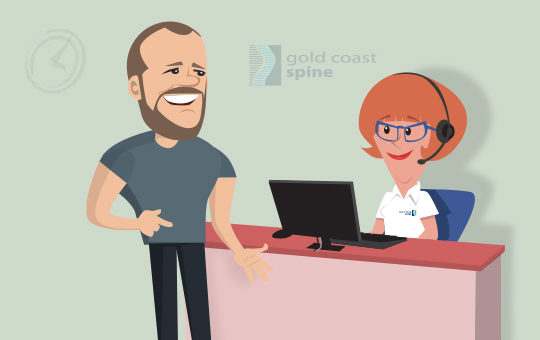
Sam takes his referral in to Gold Coast Spine and speaks with one of our Patient Coordinators, who has him complete some forms and tells him that Dr Scott-Young will review the information shortly.
Dr Scott-Young reviews Sam’s information and refers him for an EMG and an MRI scan. Our Patient Coordinator arranges the tests for Sam and makes his appointment with Dr Scott-Young.
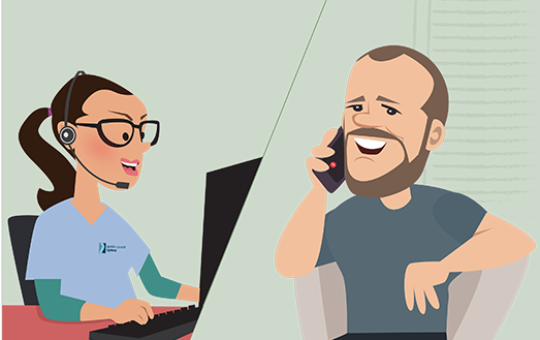
Gold Coast Spine’s nurse calls Sam to conduct a Nurse Health Check, taking a detailed history relevant to his spine health.


Before his appointment, Sam has the EMG and MRI scan performed.
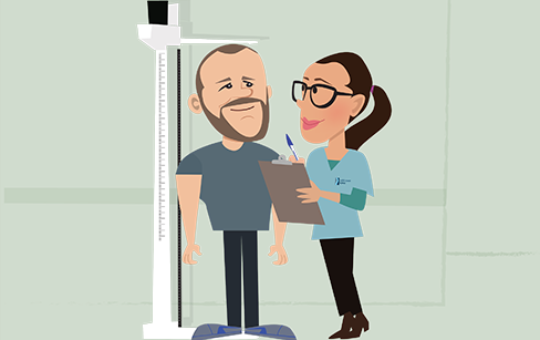
On the day of his appointment with Dr Scott-Young, the nurse checks in again with Sam, taking his measurements and updating any information since the Nurse Health Check.
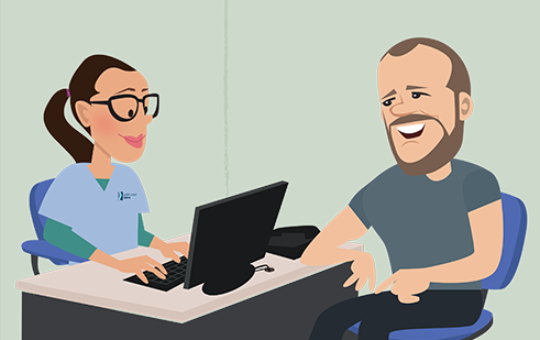
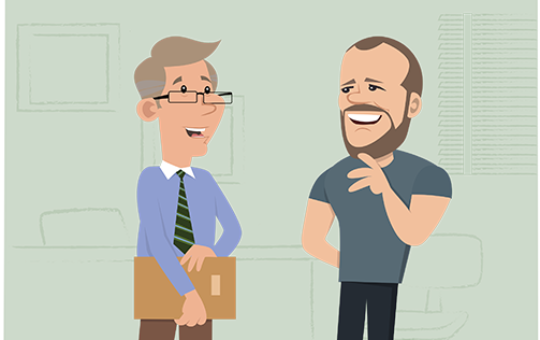
Sam then attends his first appointment with Dr Scott-Young. Dr Scott-Young listens to the history of Sam’s condition, examines Sam and reviews his radiology. Dr Scott-Young discusses his views with Sam, and advises Sam he has a large disc protrusion at C5-6 that is causing nerve compression. This is responsible for the pain and weakness in his right arm. Dr Scott-Young answers Sam’s questions and outlines his treatment recommendation.

Dr Scott-Young tells Sam that his case is one where he would not recommend waiting and seeing how he went. The nerve is being damaged and his spinal cord compromised. Sam needs to have that pressure released to give him the best chance of recovering the function of his arm.
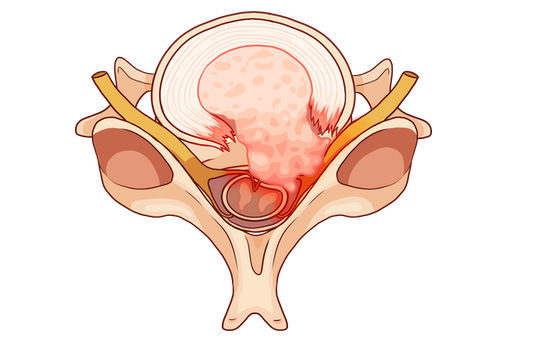
Dr Scott-Young tells Sam that the surgery he has in mind would match the right technology with Sam’s condition. He explains that the surgery he recommends would be a C5-6 total disc replacement (TDR).
At the end of the appointment, Sam is given an information pack, detailing the recommended surgery. Sam is also given a Surgical Estimate in relation to the costs of the surgery. The surgeon also gives Sam a referral to Physio Next Door who will work with him before and after surgery.
A detailed letter outlining the surgeon’s recommendations goes to Sam’s GP.

Sam has his first physiotherapy appointment and is guided through some gentle exercises.
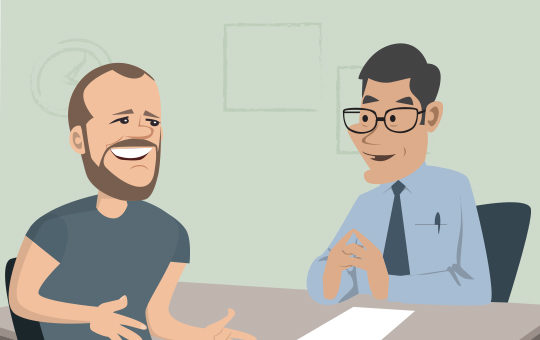
Sam returns to his GP and talks about the recommended procedure. Following this discussion, Sam decides he will have the surgery and contacts Gold Coast Spine to arrange another appointment with Dr Scott-Young.
Sam returns to see Dr Scott-Young and he brings a list of questions he has about the surgery, his return to his work and recreational activities. Dr Scott-Young answers his questions and also completes a detailed consent process with Sam.
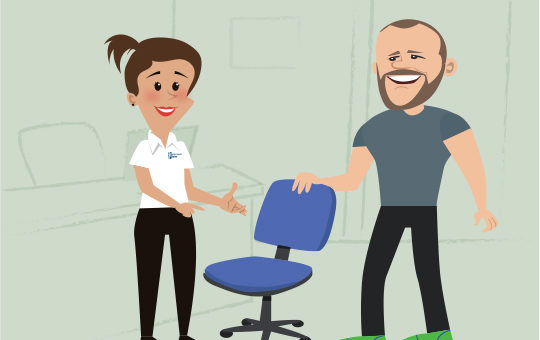
Our Surgical Coordinators help Sam book a surgery date and make the arrangements for his admission to hospital.
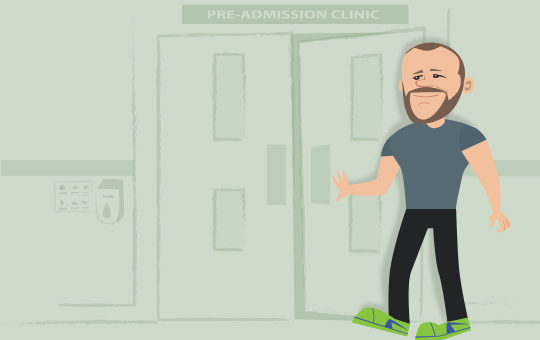
Before his surgery, Sam attends the hospital’s pre-admission clinic and has some blood tests and other tests performed. The nurse at the clinic answers his questions about what to expect during his hospital stay. Sam also has a pre-operative chest x-ray done.
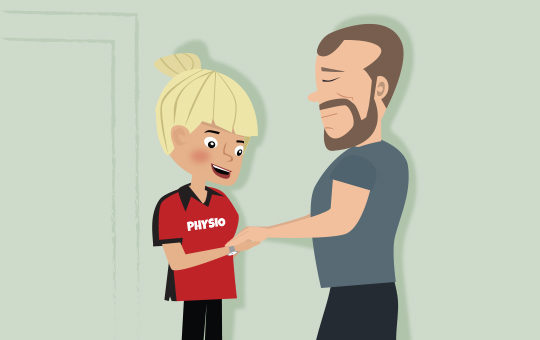
Next, Sam attends a pre-admission appointment with Physio Next Door. They will be looking after him in hospital and during his post-operative rehabilitation.
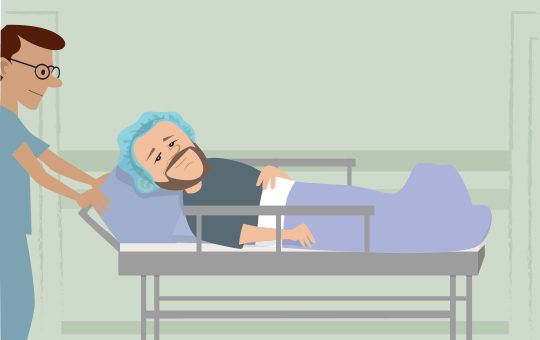
On the morning of his surgery, Sam is admitted to the hospital and the surgery is performed later in the day.
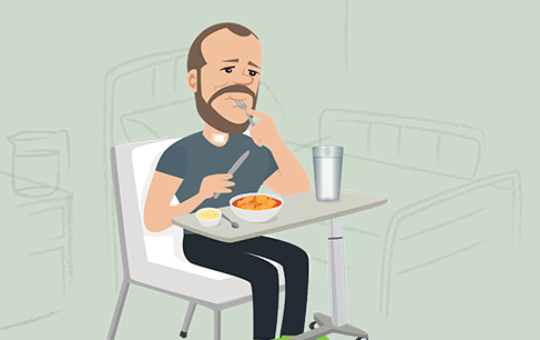
After his surgery, Sam follows a ‘Cervical Diet’ which consists of soft foods. He also drinks plenty of cold water while eating.
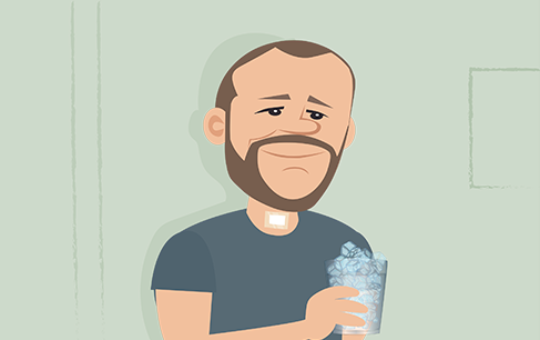
He also consumes ice chips to help cool and soothe his throat after surgery,
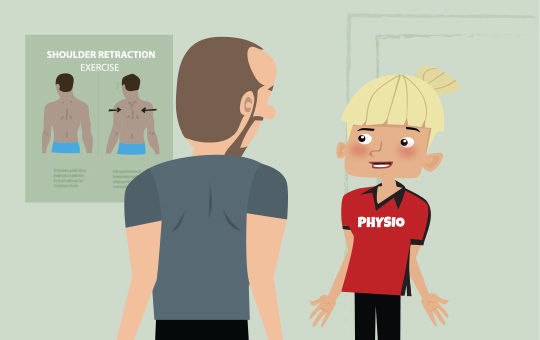
During his hospital stay, Sam actively participates in his recovery under the guidance of Physio Next Door. He is discharged after three days.

Two weeks after Sam leaves hospital, he attends his first post-operative appointment with Dr Scott-Young. He is still sore from the surgery and is taking the medication he was sent home with. But Sam reports that he is feeling well and performing all the exercises his physiotherapist has given him.
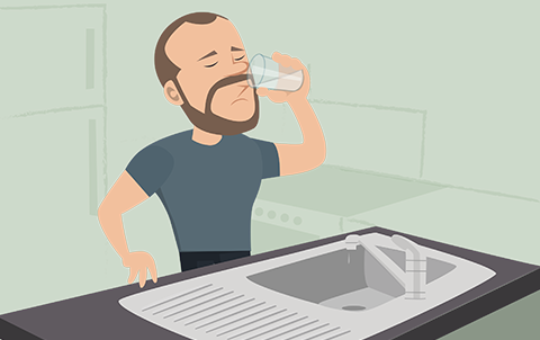
Since surgery, Sam has been drinking plenty of cold water to soothe his throat.
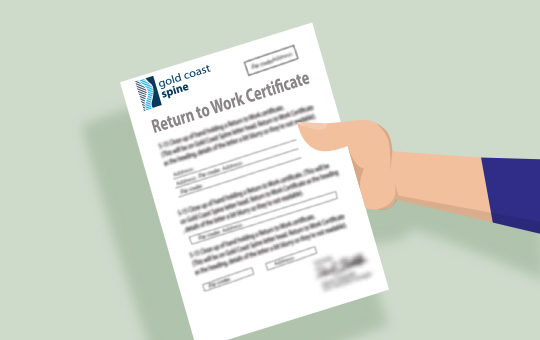
It is agreed that Sam can return to light duties as an electrician at six weeks post-op and Sam is given a Return To Work Certificate to confirm that.
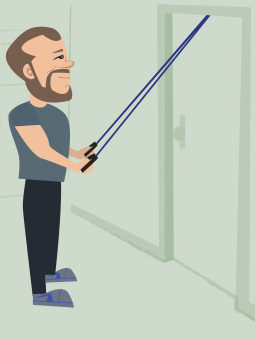

Sam continues his active recovery after being discharged from hospital, attending regular appointments at Physio Next Door and doing his exercises at home.
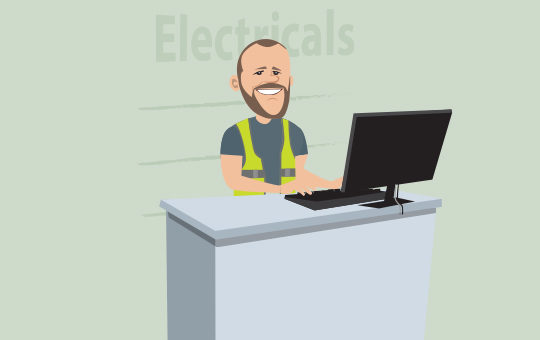
At six weeks post-op Sam, returns to light duties.
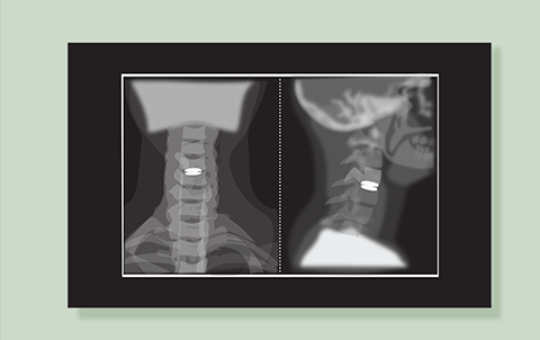
At three months post-op Sam has some x-rays performed before returning to see Dr Scott-Young. Dr Scott-Young says the films shows the TDR implant is well placed and moving well. In view of this, Sam is cleared to resume his usual activities (including work) without restriction. Sam is given another work certificate about returning to full duties.

At six months post-op, Sam is back to doing his full workouts at the gym. He gets occasional pain in his neck when he over exerts himself and doesn’t do his stretches but otherwise he feels great. Sam goes to see Dr Scott-Young for his six-month post-op check-up and has new x-ray images performed. Dr Scott-Young tells him that he is delighted with the results and then discharges Sam from clinic but tells him that we will be in touch with him at one year post-op.
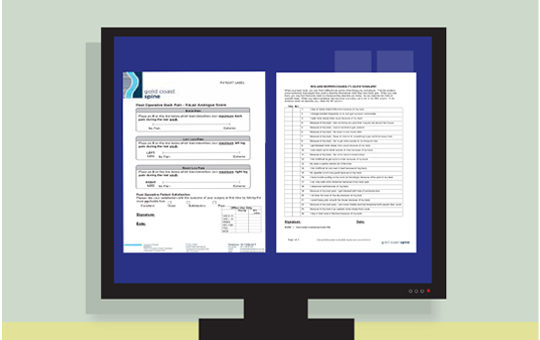
Gold Coast Spine contacts Sam at one year post-op and sends him some questionnaires. Sam completes them and sends them back to Gold Coast Spine.
Sam returns to recreational footy the following season.
Sam agreed to be part of Gold Coast Spine’s clinical research project and he is contacted annually about his neck. He completes some questionnaires and lets Gold Coast Spine know how he is travelling with his health generally.
This contributes to our ongoing research and also allows Dr Scott-Young to continue to monitor Sam’s progress after his procedure.